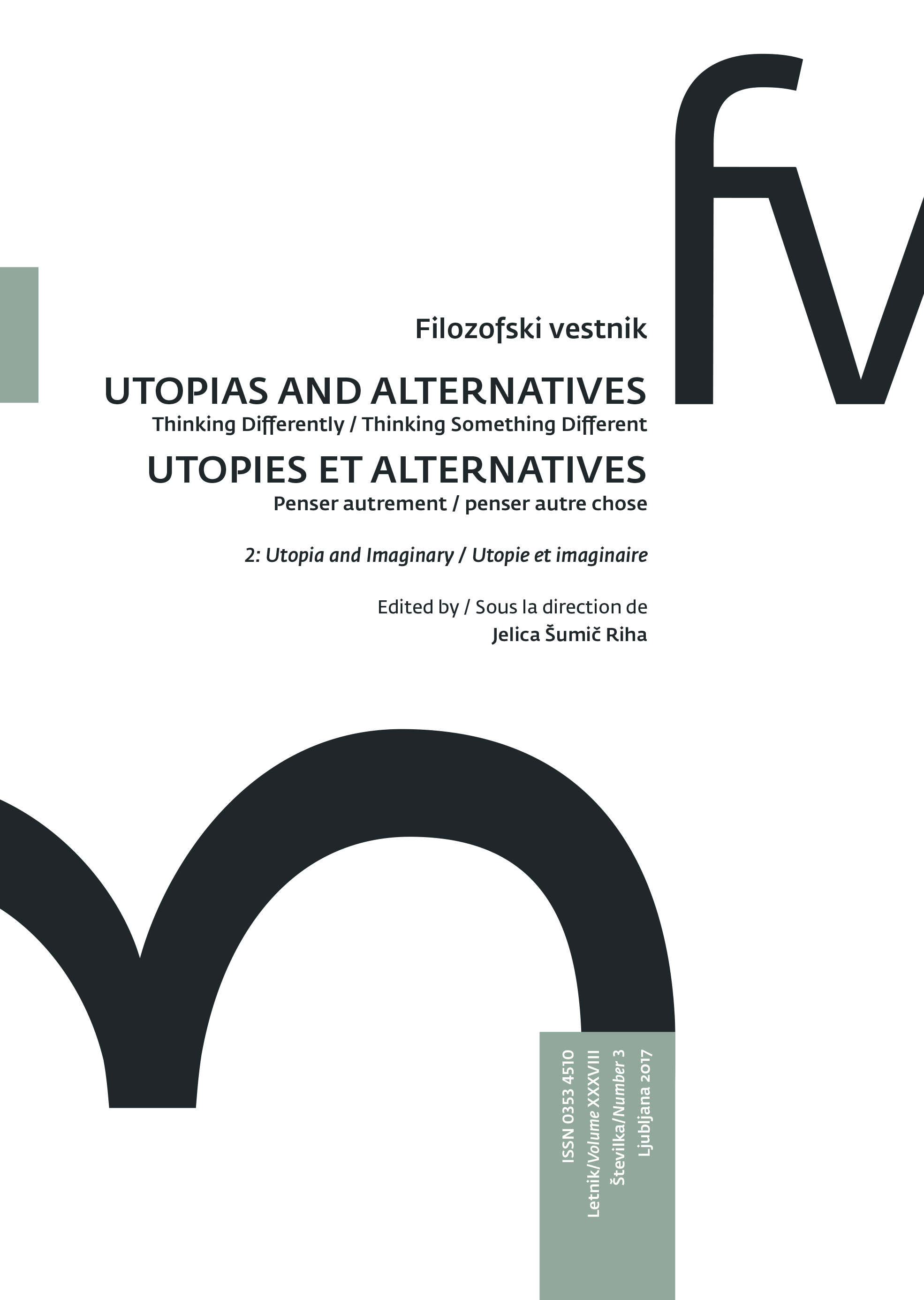Architecture: Constructing Concrete Utopias
Keywords:
tectonic joint, place, a-topical, architectural materiality, creationAbstract
The central thesis of this article maintains that architecture is a utopian practice by virtue of its inner structure and by the way it functions. The article develops this thesis on the basis of the concept of tectonic joints. As an instance of a joint, we take the joint at its largest scale, the connection between a built structure and its context. If the connection/joint between them is successfully articulated, we see both elements in a new and different way. We see them as a place, which is what we call a joint of the largest scale. In this article, we demonstrate that a place is that which is, in the process of tectonic construction, created anew: a place can neither be reduced to an element of the given situation, nor can it be deduced from the situation. A place is a trans-temporal and trans-situational creation of architecture. Because of its trans-temporal and trans-situational character, a place, a topos, is in fact a non-place, an a-topos. This a-topical moment is that which architecture creates and introduces into the world in the form of its successful material products. In so doing, it opens up the possibility of thinking and acting, different from the thinking and acting that is dictated by the given world. It opens up a possibility of thinking and acting that has as its sole point of support and orientation this explicit moment of the a-topical.
Downloads
Downloads
Published
How to Cite
Issue
Section
License
Authors guarantee that the work is their own original creation and does not infringe any statutory or common-law copyright or any proprietary right of any third party. In case of claims by third parties, authors commit their self to defend the interests of the publisher, and shall cover any potential costs.
More in: Submission chapter





